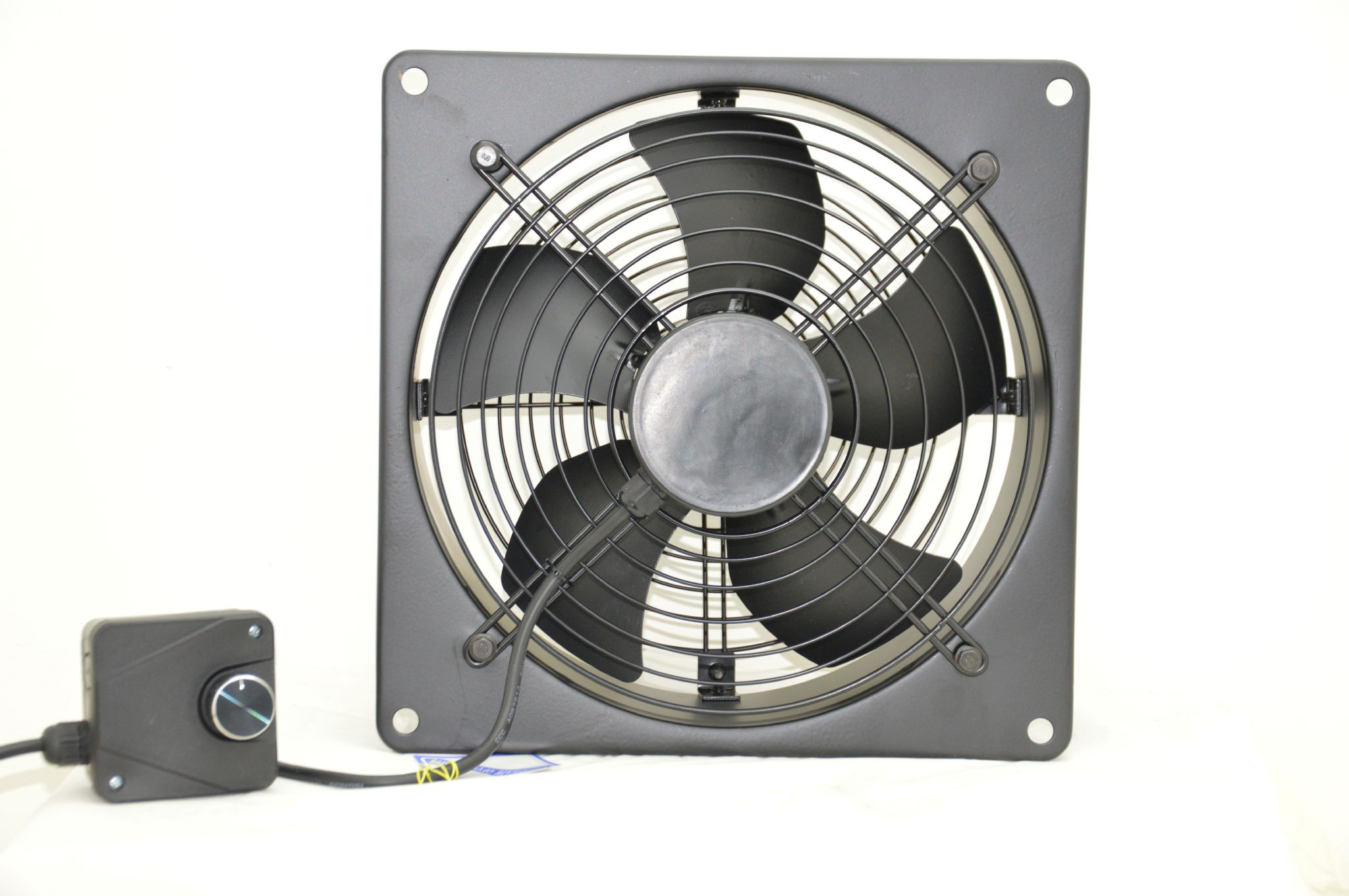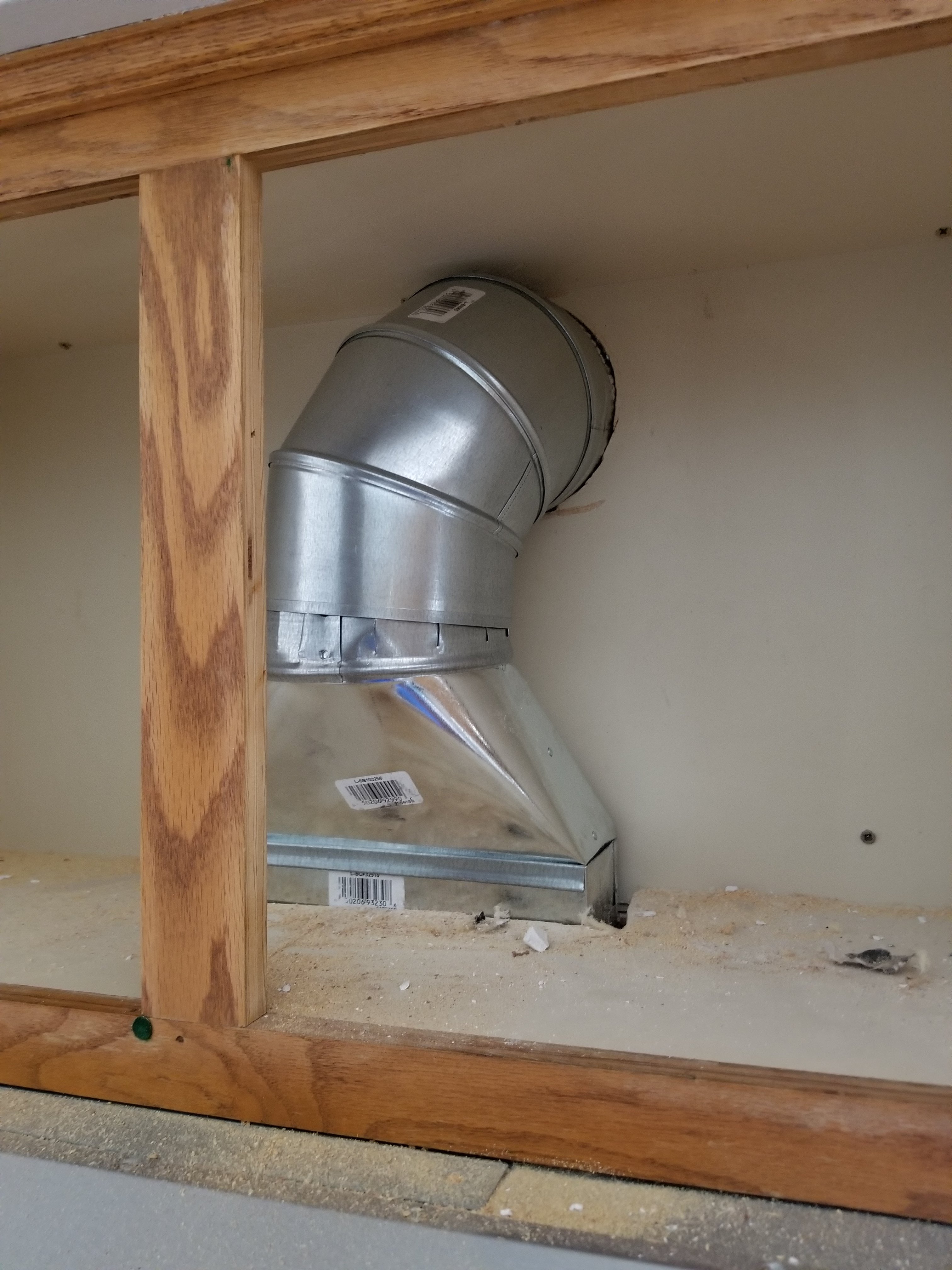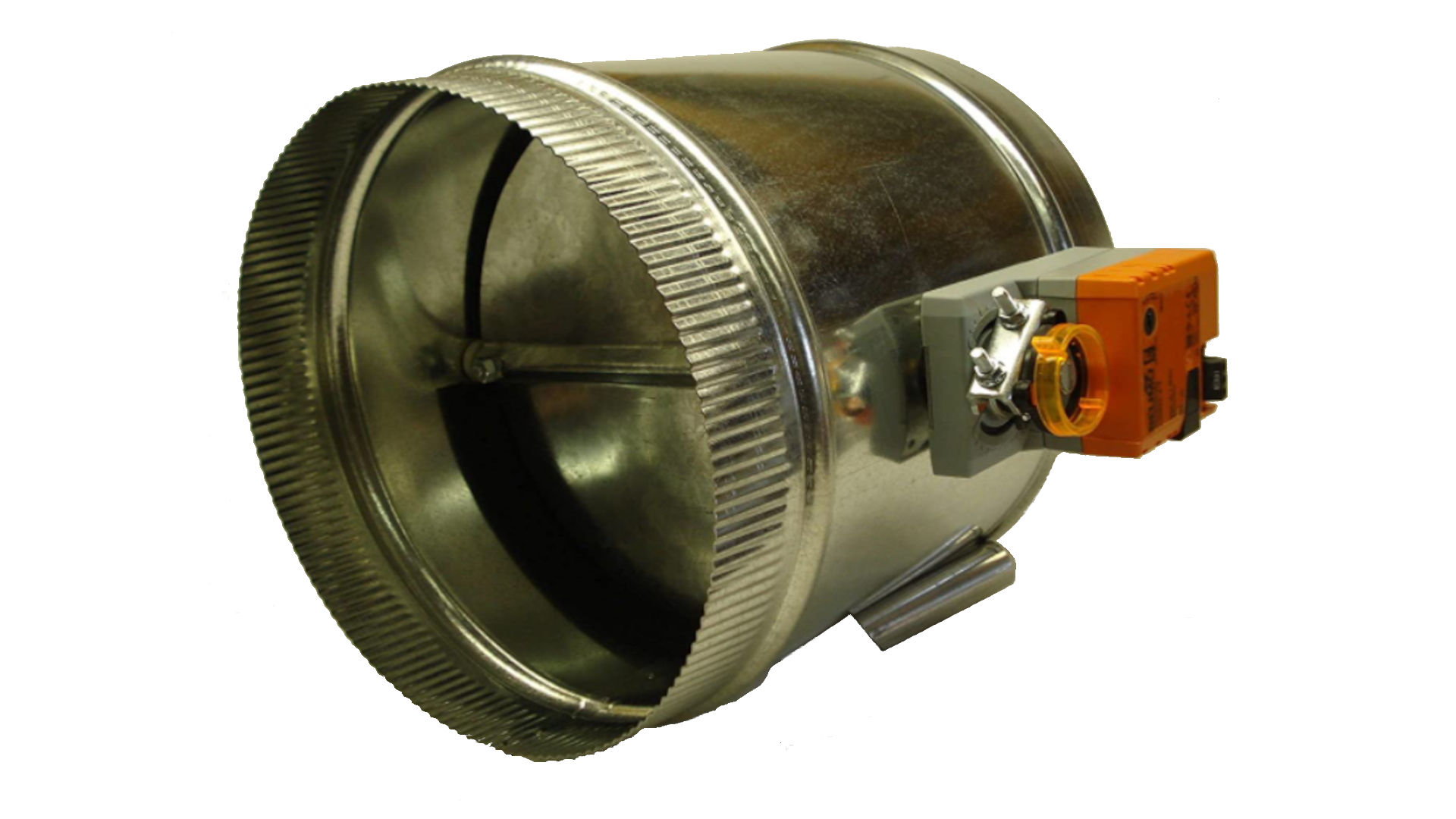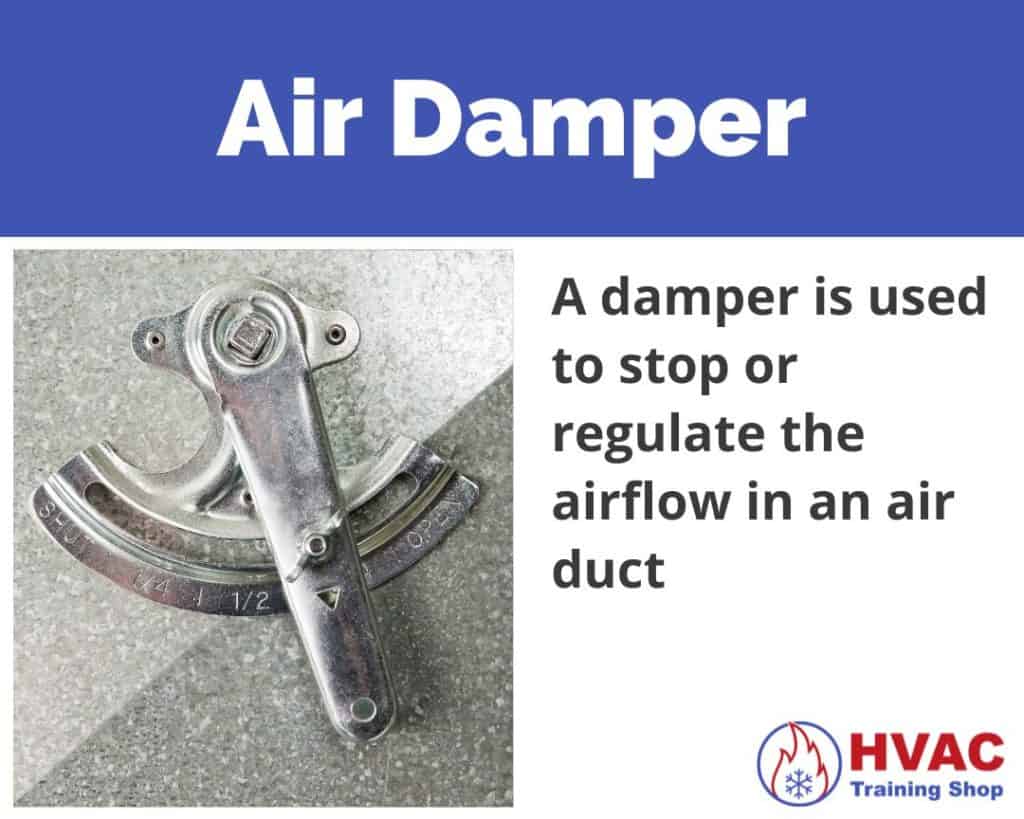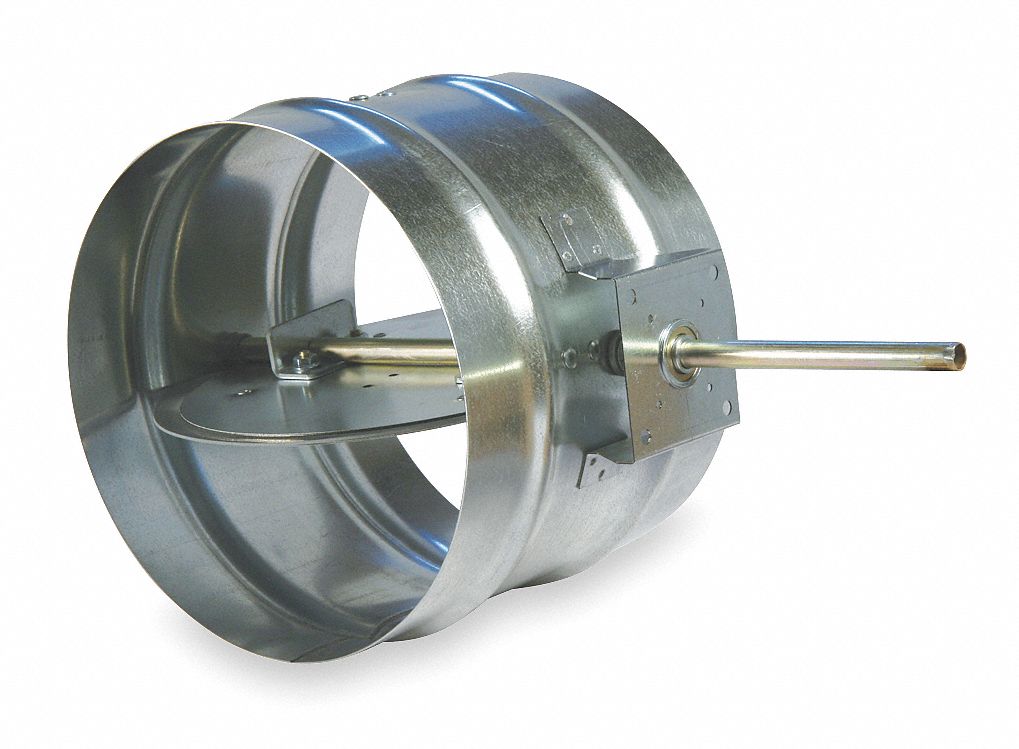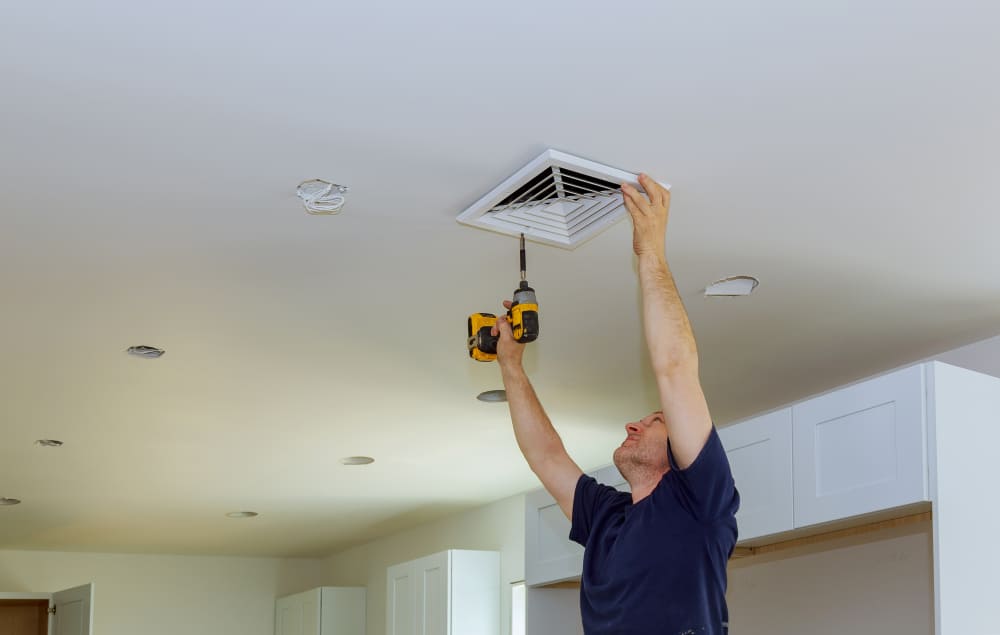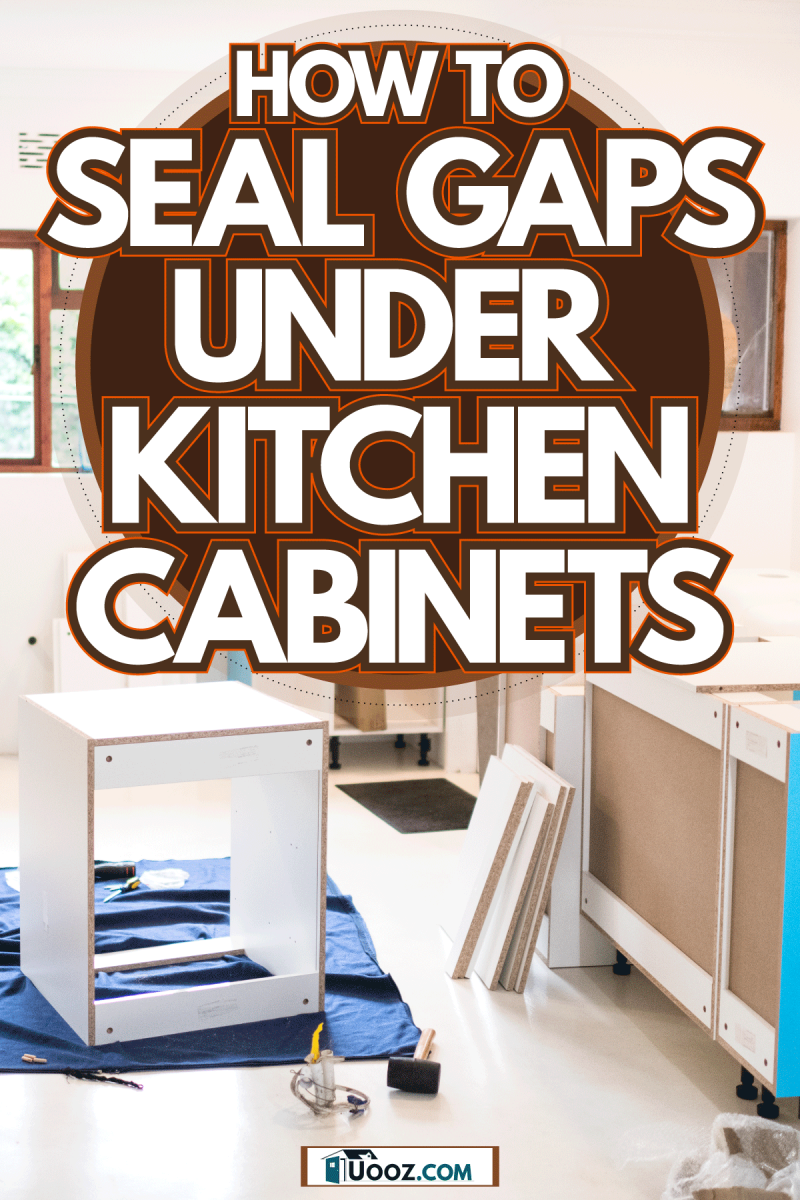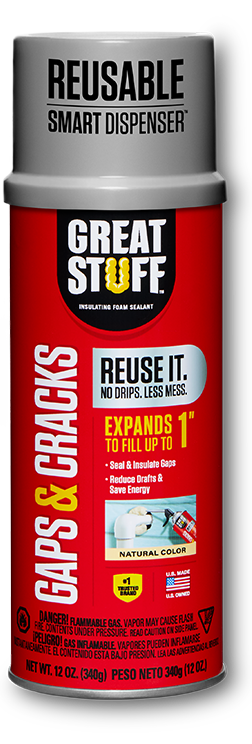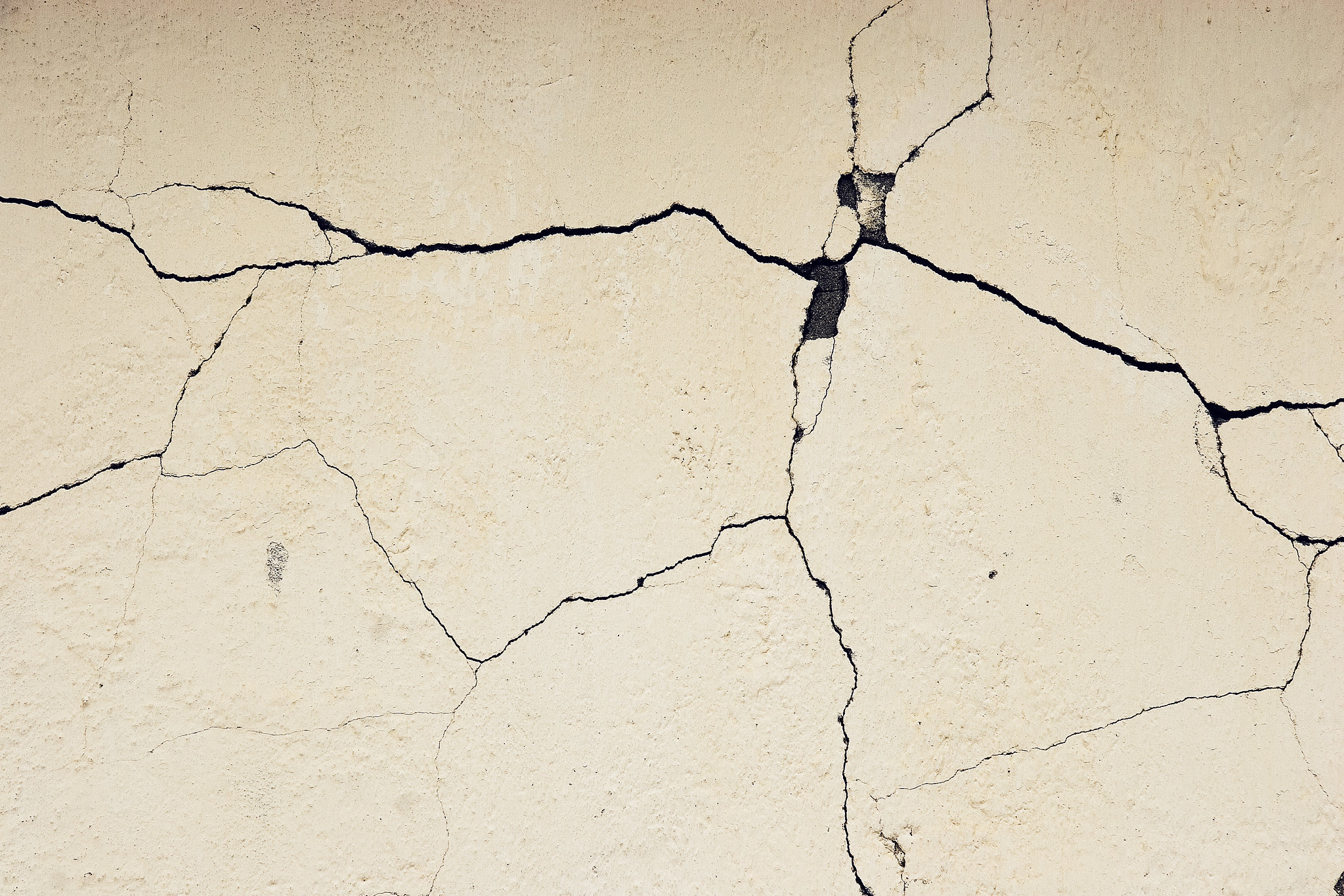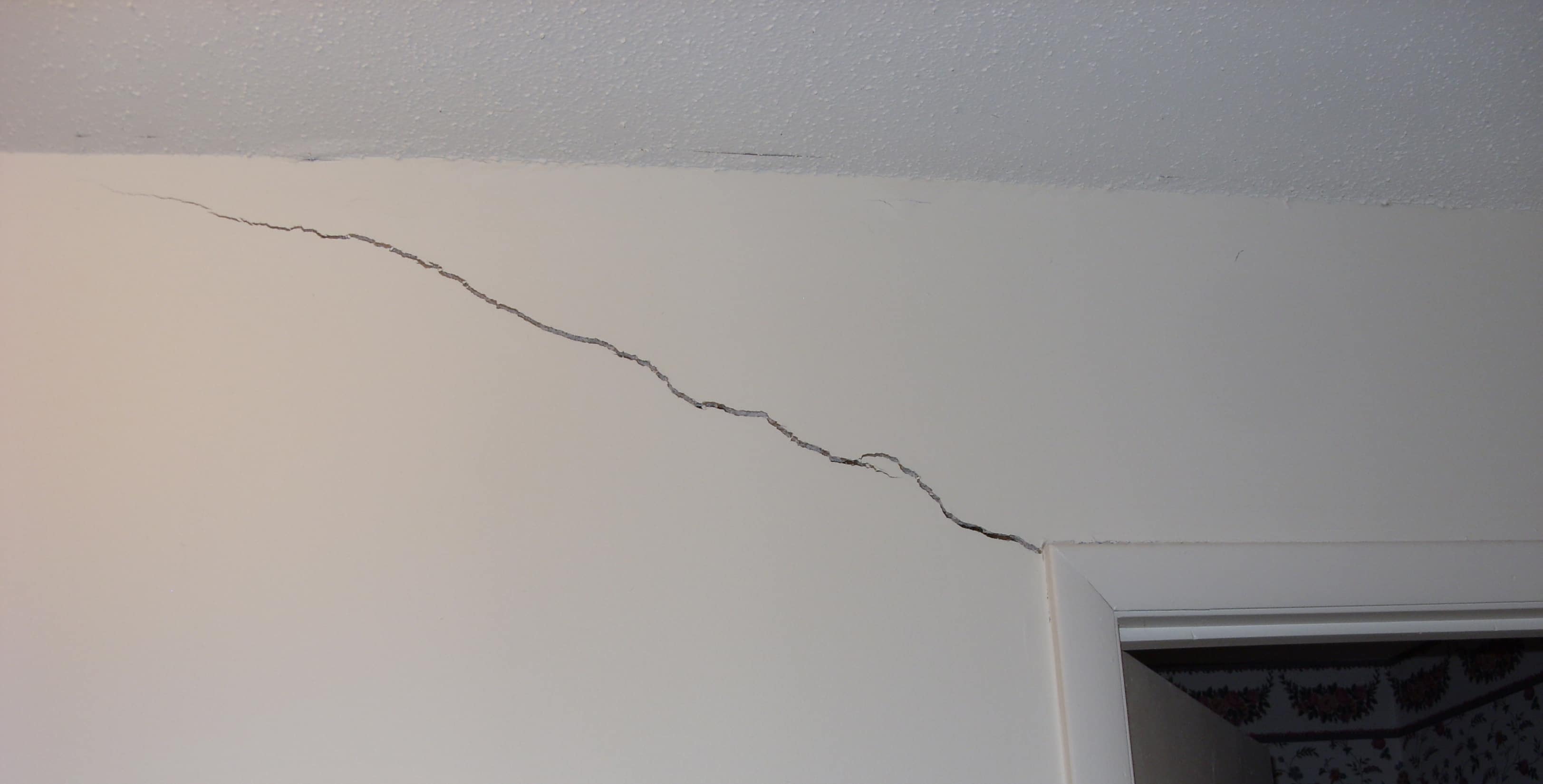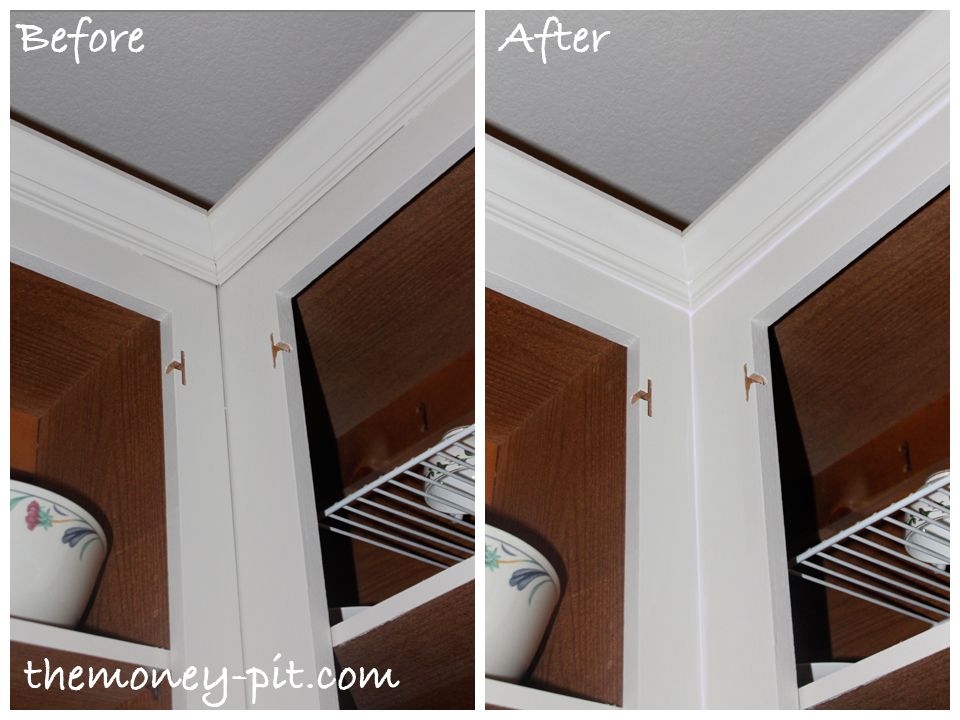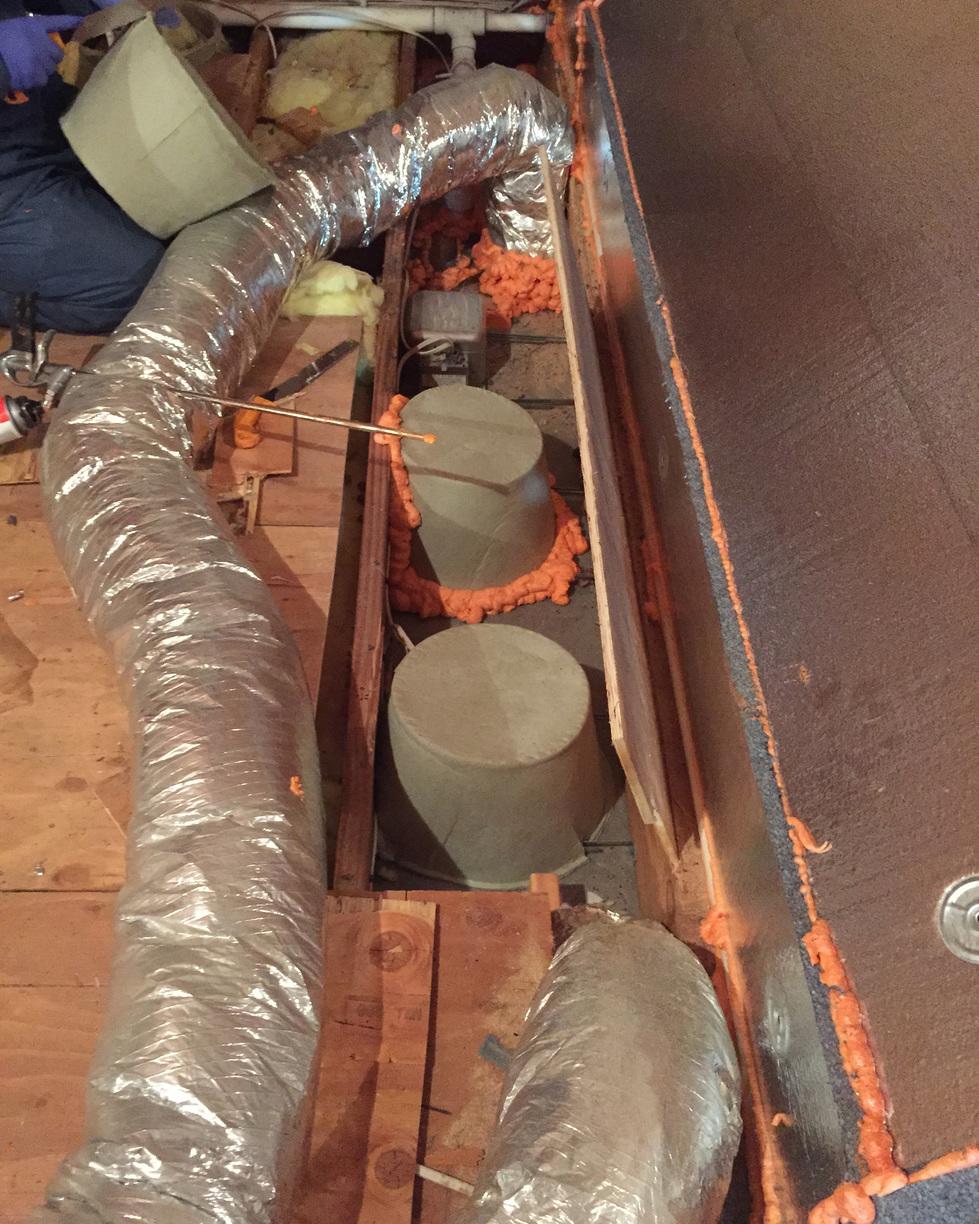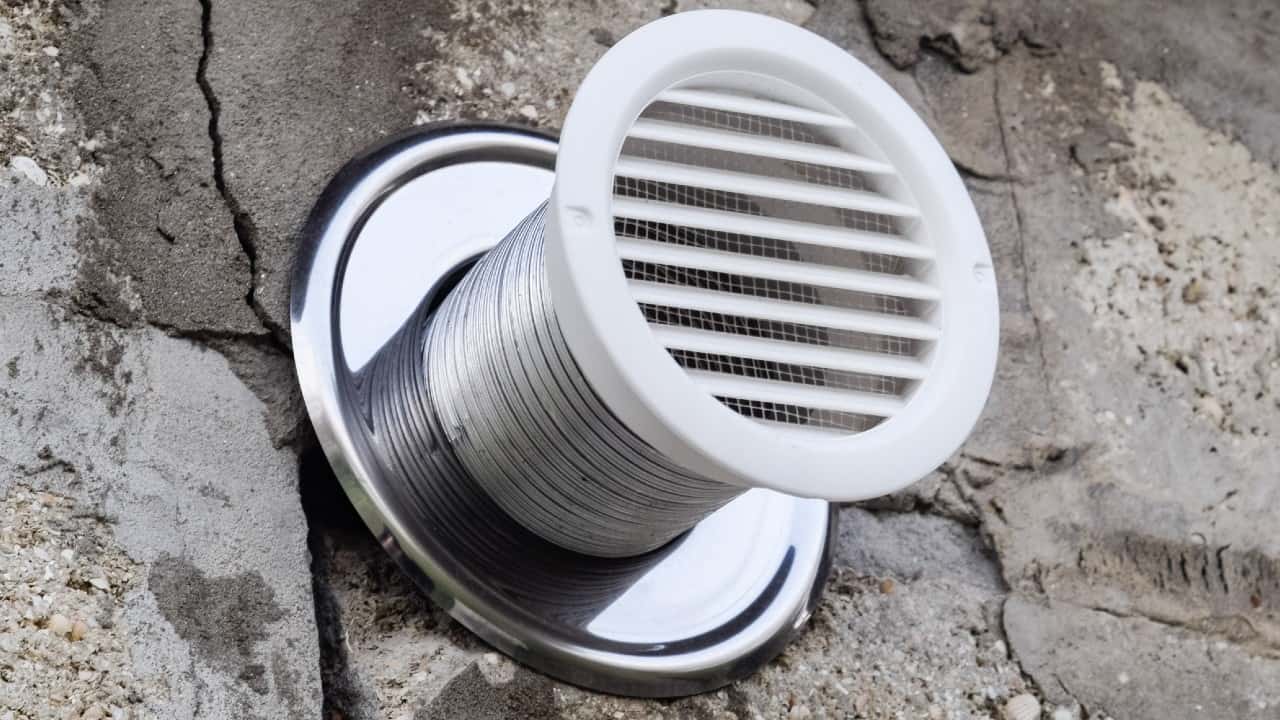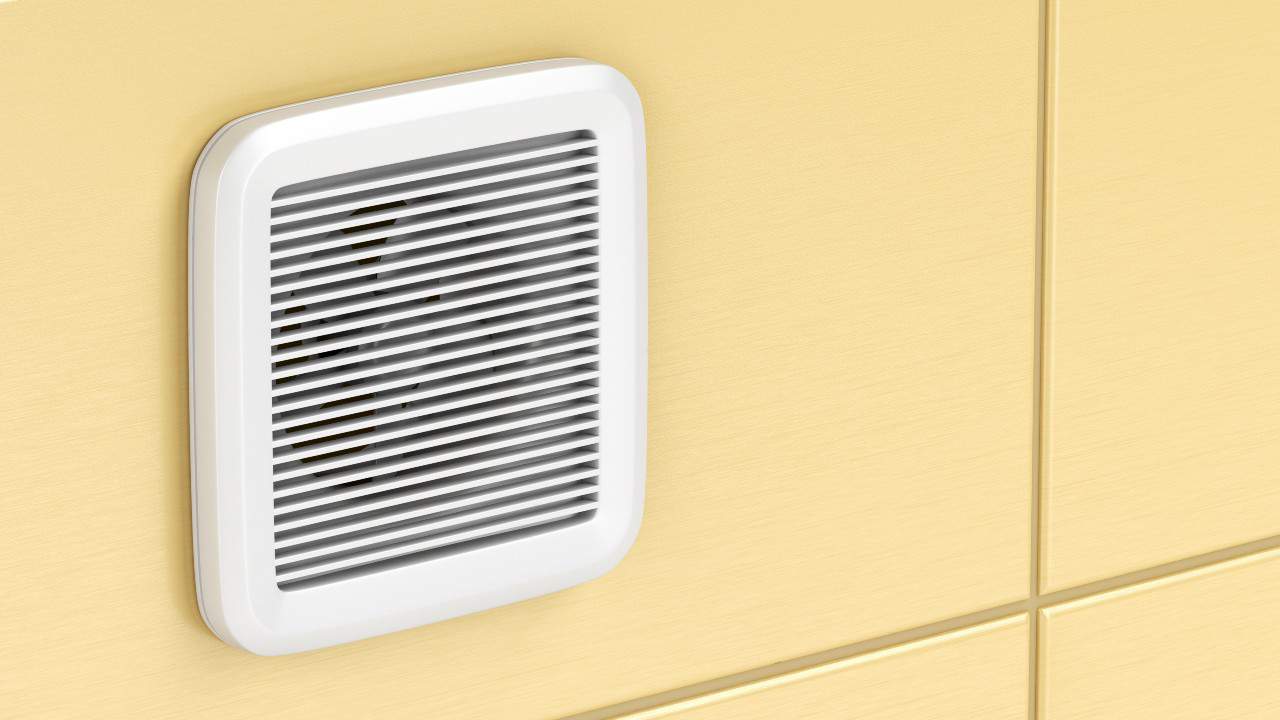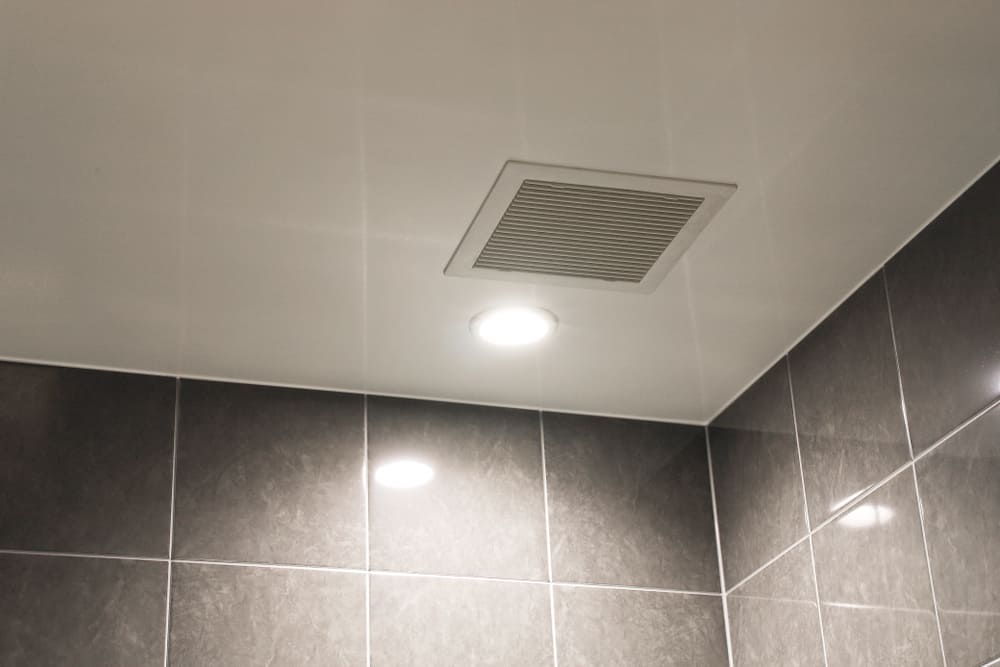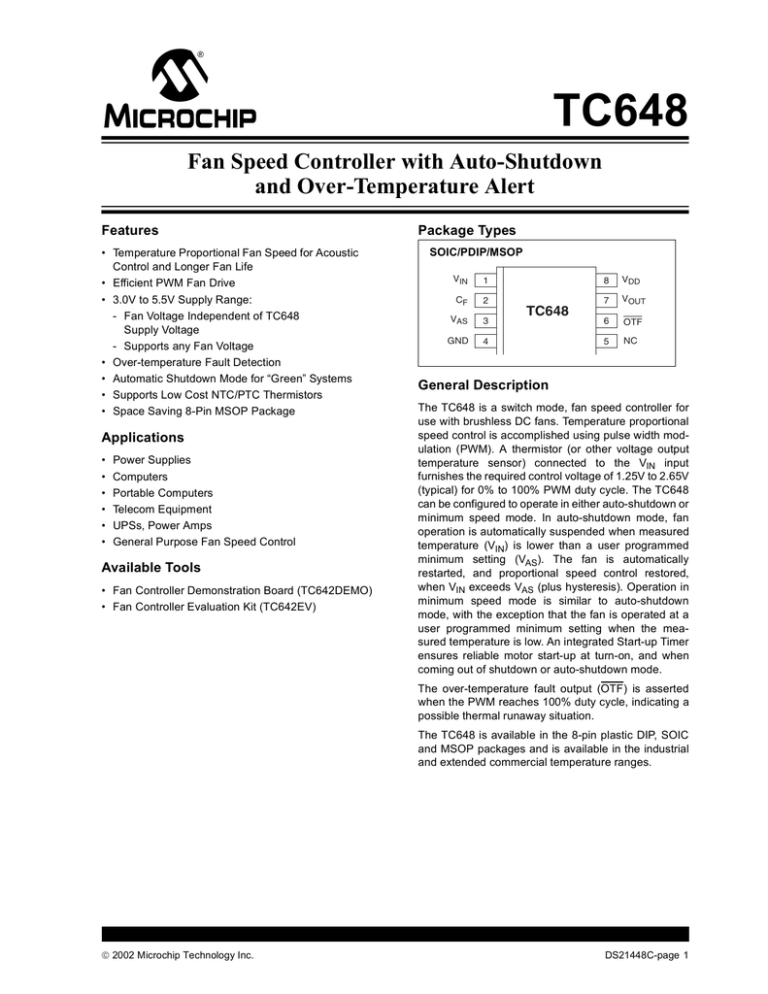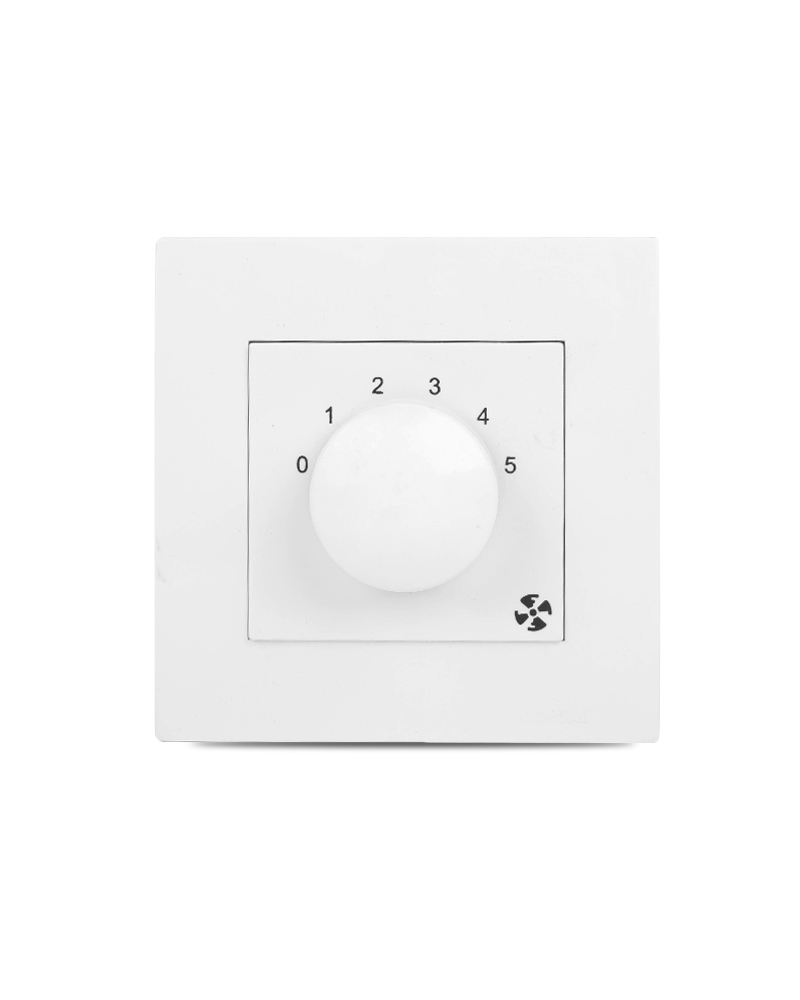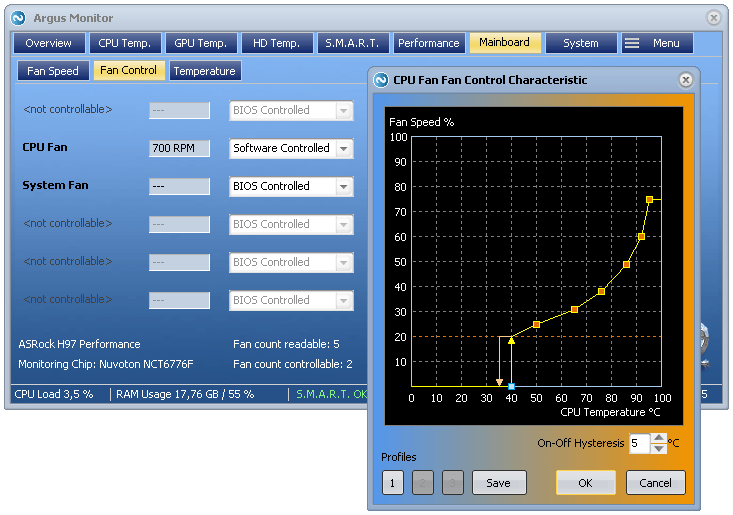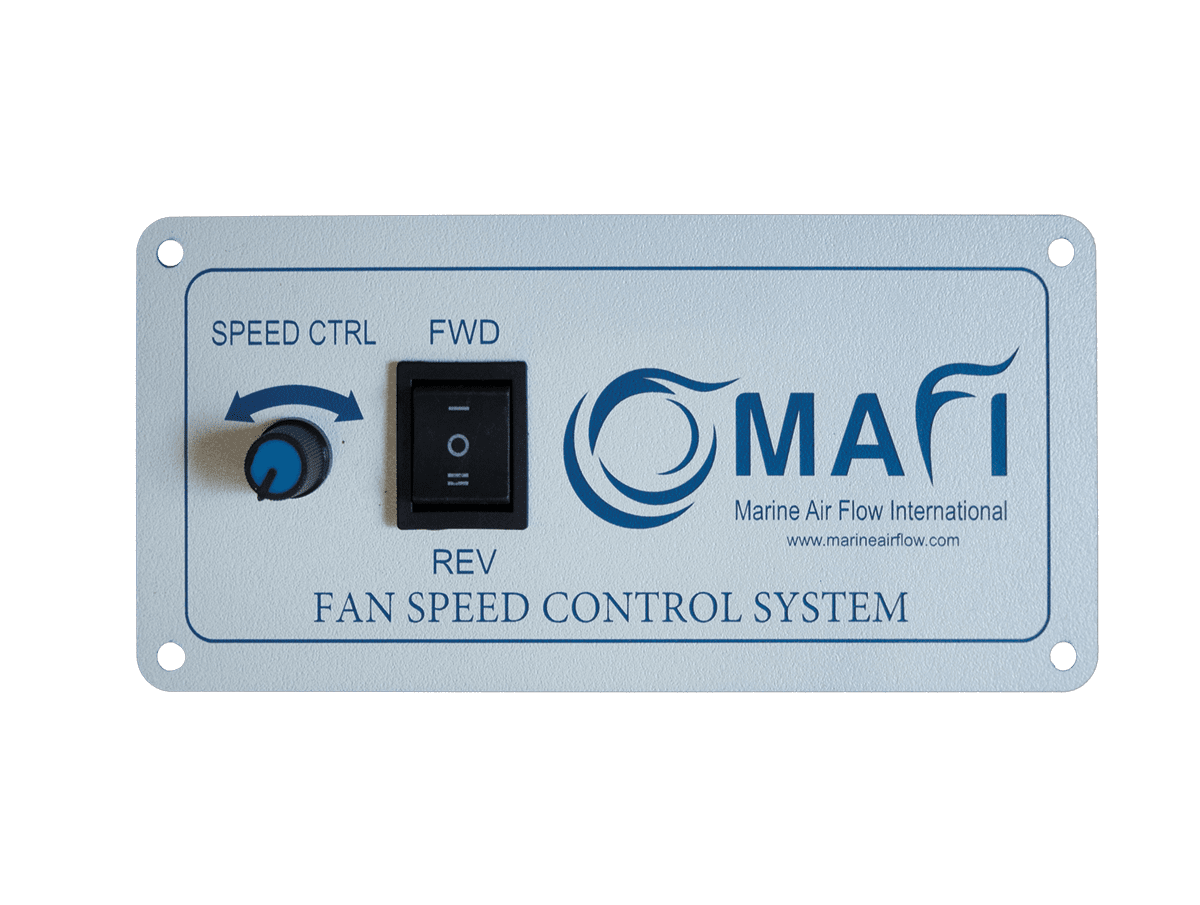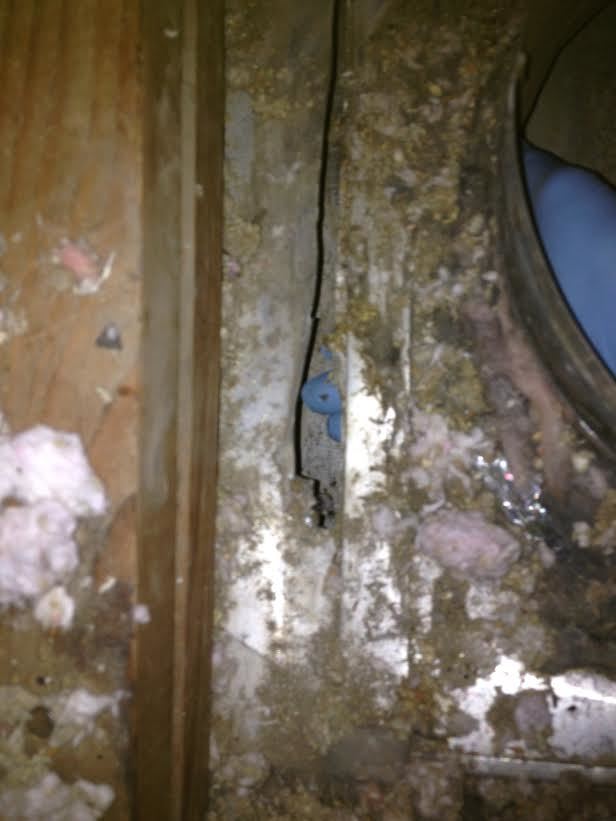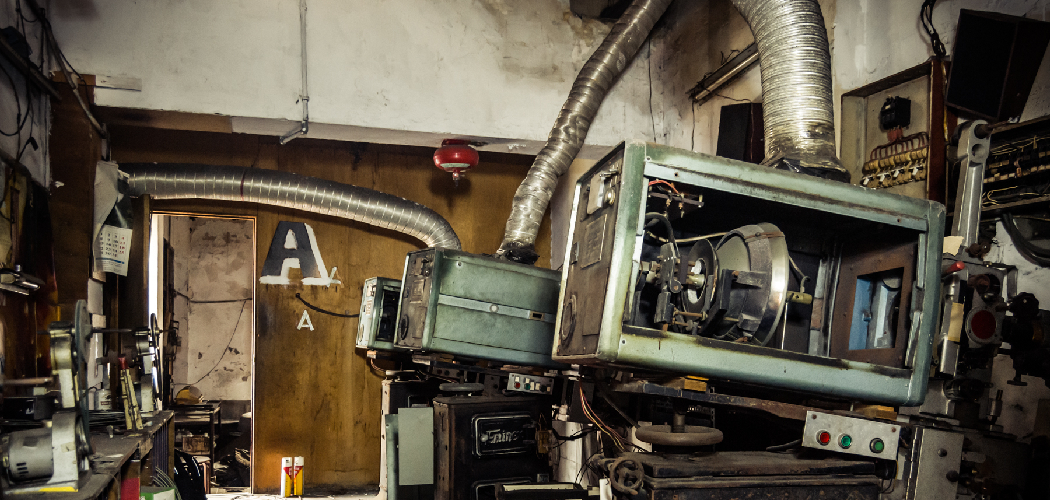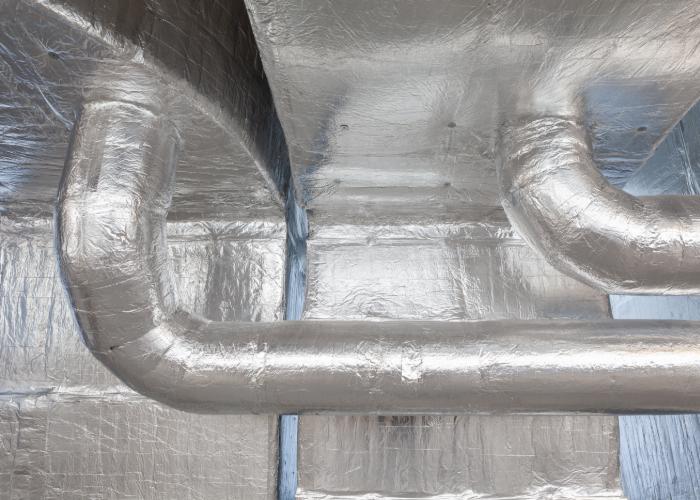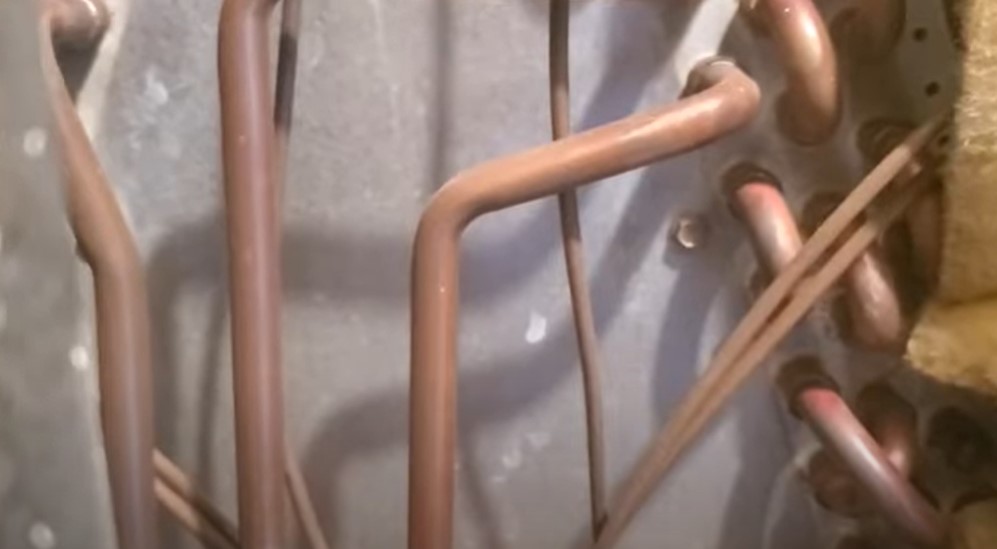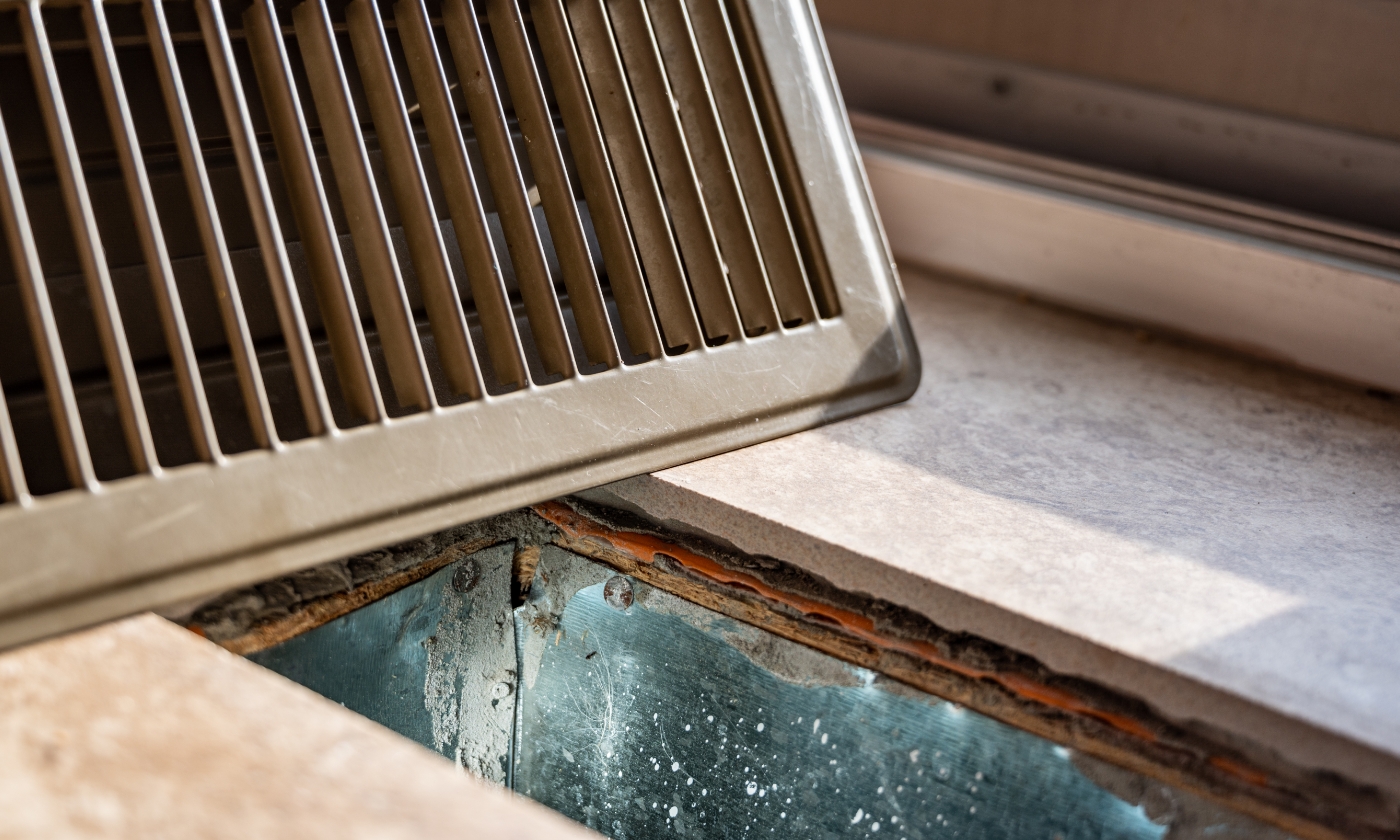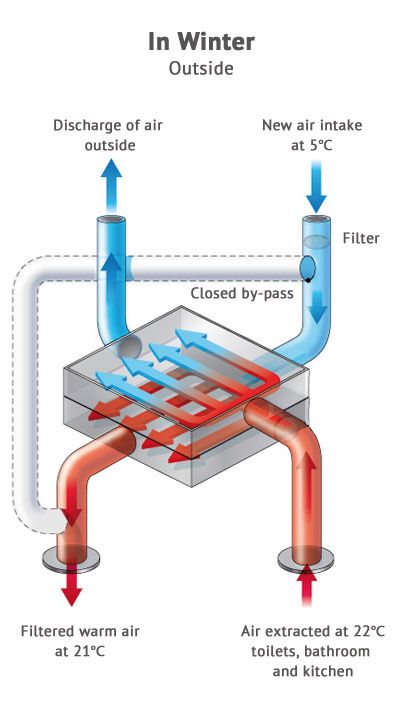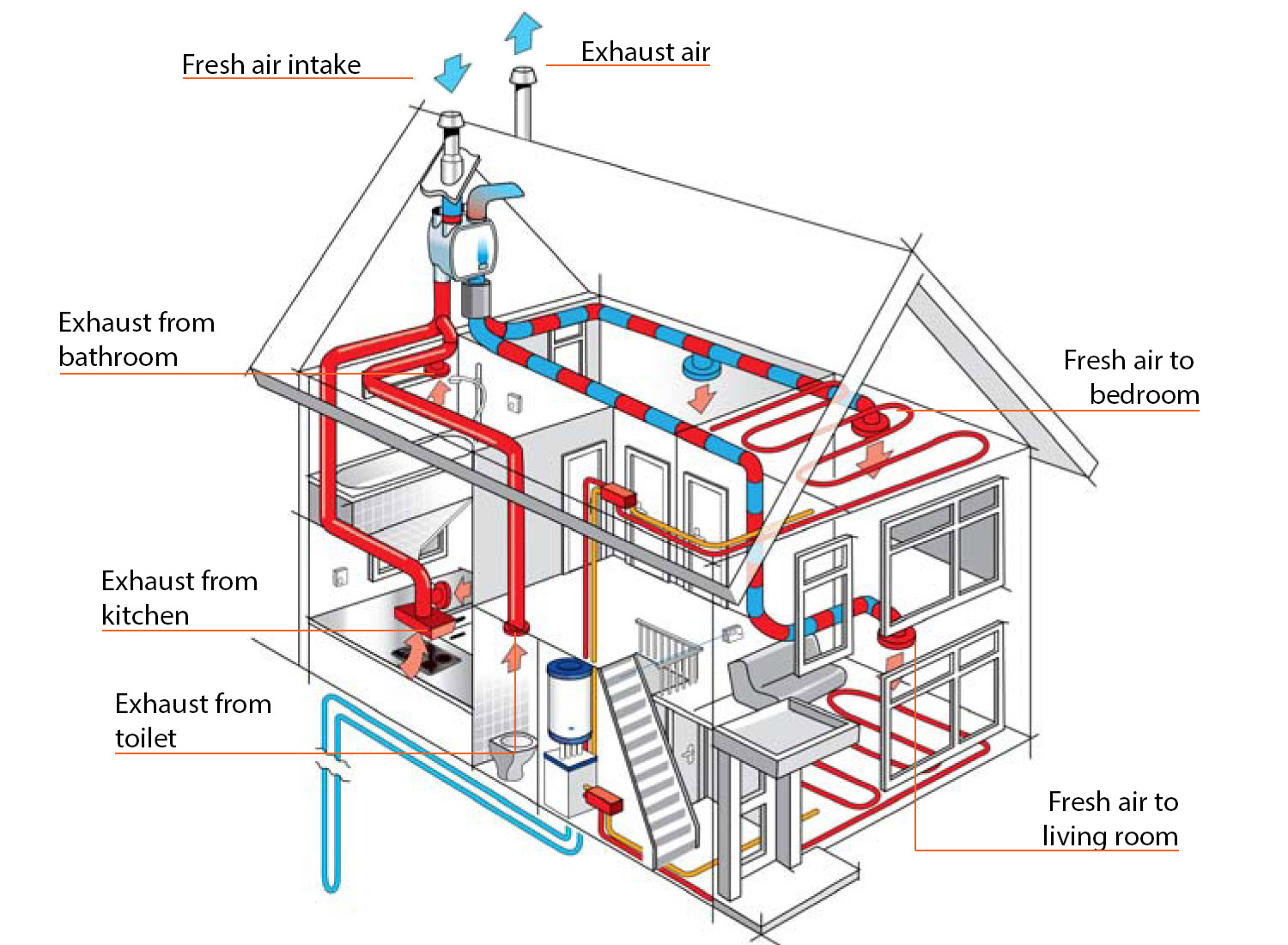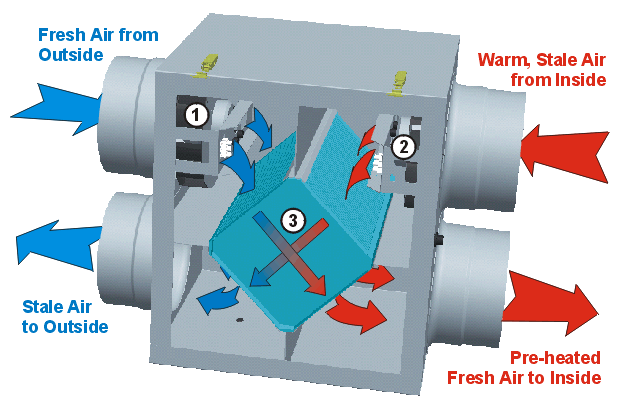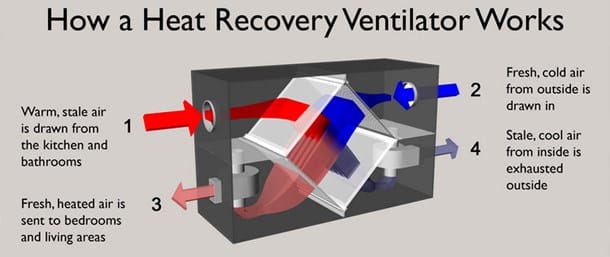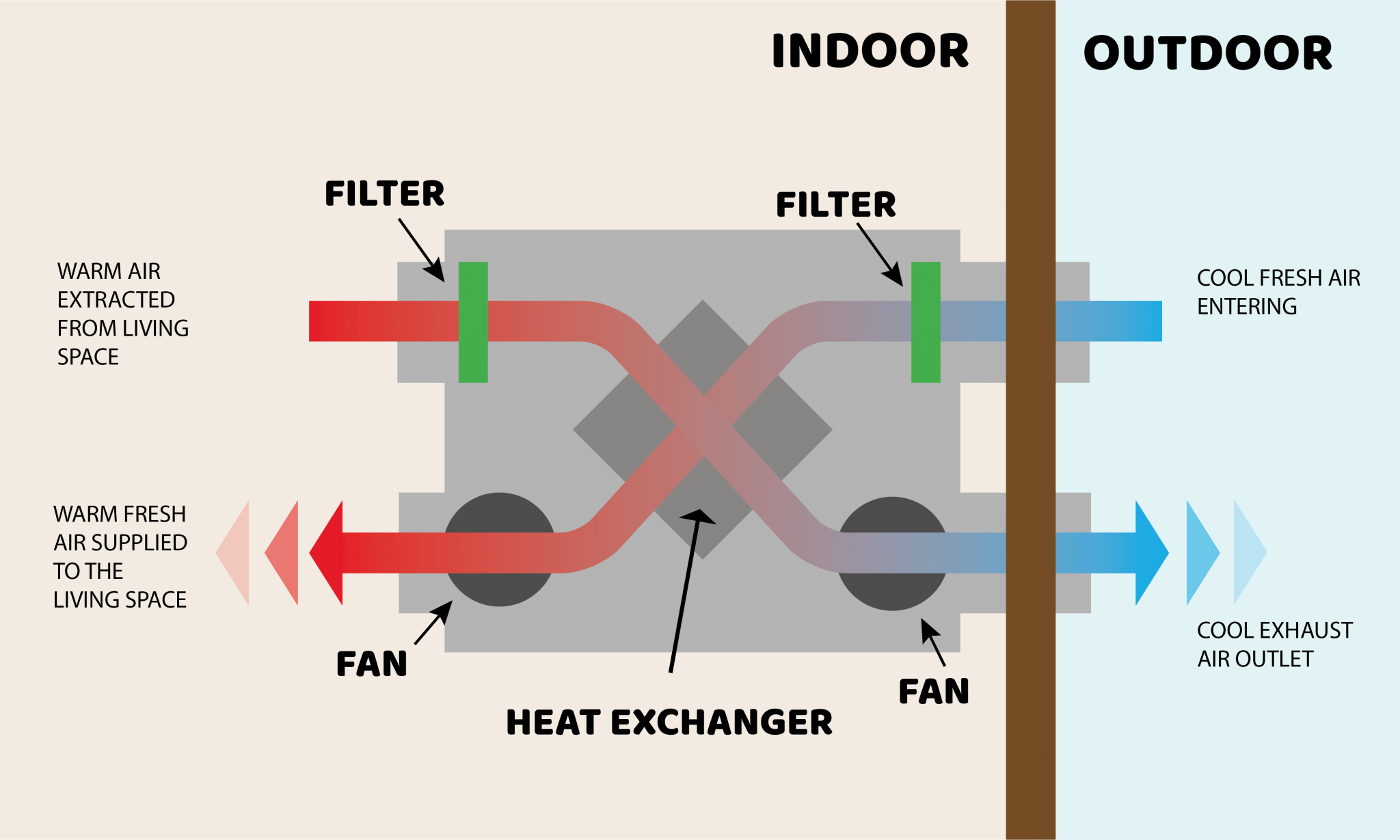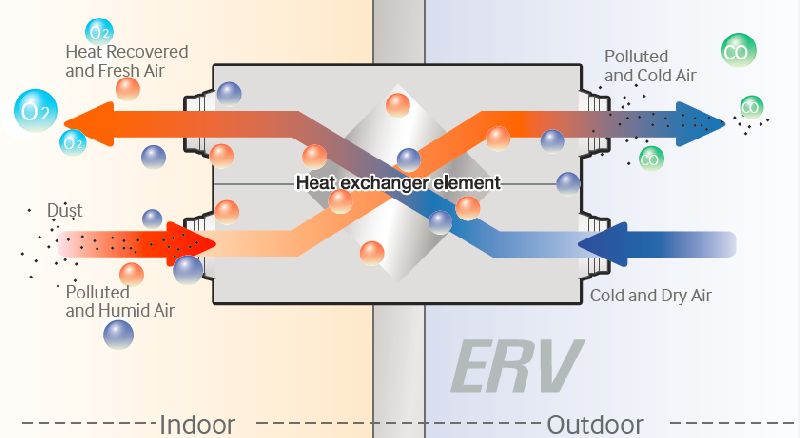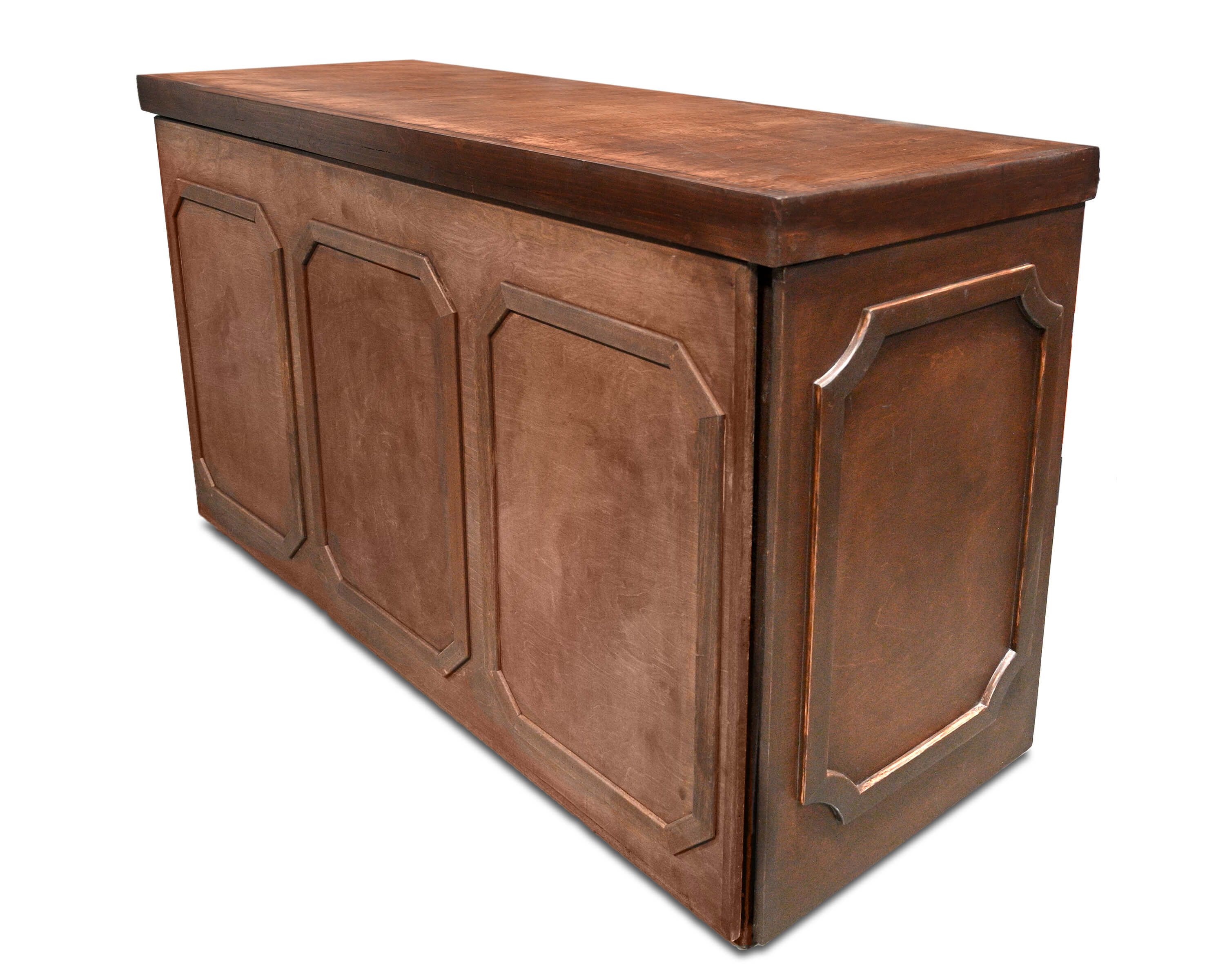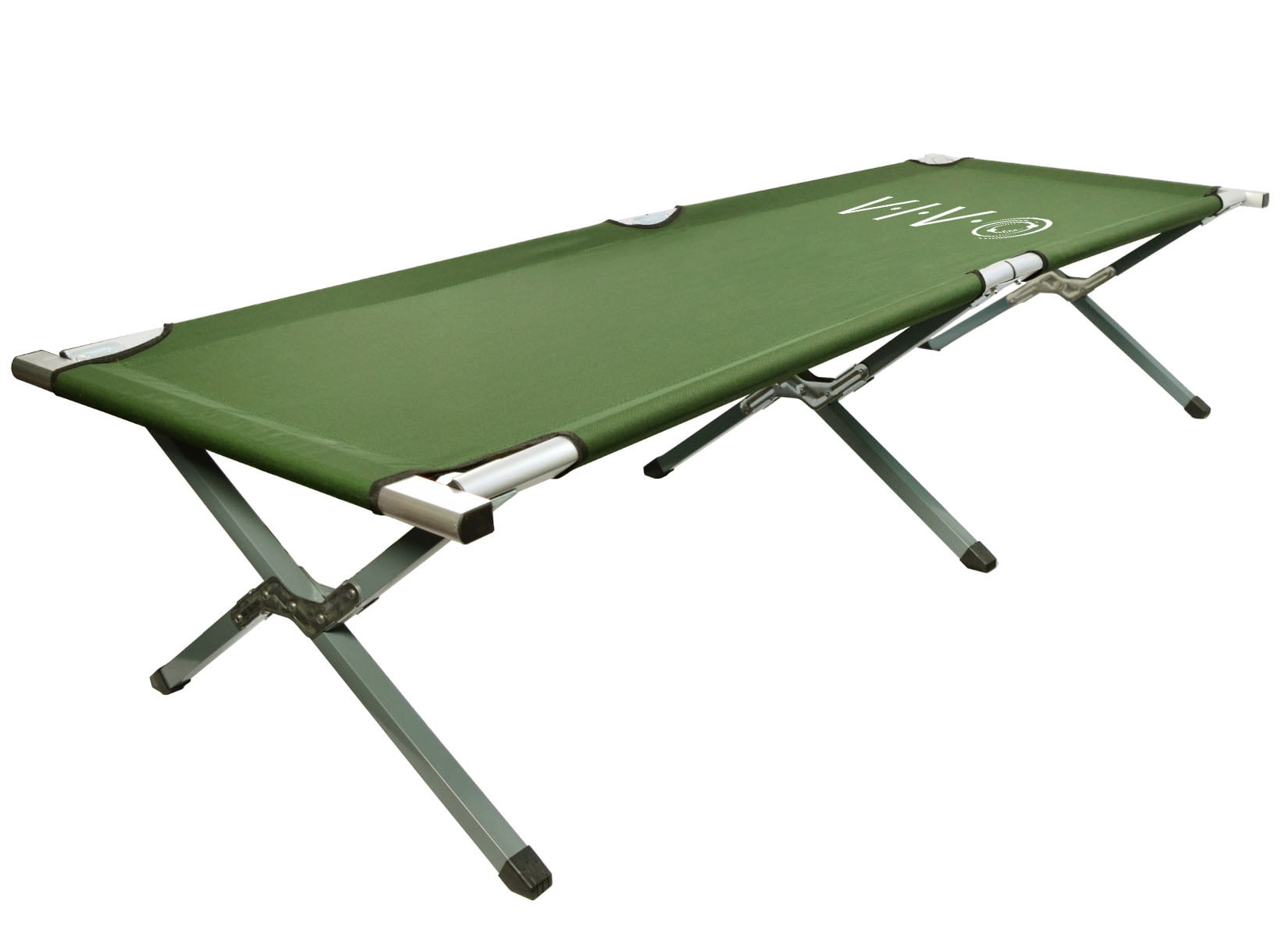If you've noticed a chilly draft coming from your kitchen wall, the culprit could be your exhaust fan. The first step in fixing this issue is to inspect the fan itself. Look for any cracks, gaps, or damage that could be letting cold air in. If you spot any, make sure to repair or replace the fan before moving on to other solutions.1. Inspect the exhaust fan for any damage or gaps that could be letting cold air in
Another common cause of cold air coming from an exhaust fan is poor insulation. Over time, insulation can become damaged or compressed, allowing cold air to seep in through small gaps. Inspect the insulation around your exhaust fan and replace it if needed. This will help to keep the cold air out and maintain a comfortable temperature in your kitchen.2. Check the insulation around the exhaust fan and replace if necessary
If you're still experiencing cold air coming from your exhaust fan, consider installing a draft stopper or cover. These are designed to block any drafts from entering your home through the fan. You can find these draft stoppers at most hardware stores and they are easy to install yourself.3. Install a draft stopper or cover over the exhaust fan to prevent cold air from entering
Even with a draft stopper or cover, cold air can still enter through small gaps between the exhaust fan and the wall or ceiling. Make sure the fan is properly sealed using caulk or weather stripping. This will help to keep the cold air out and improve the efficiency of your exhaust fan.4. Make sure the exhaust fan is properly sealed to the wall or ceiling
If your exhaust fan doesn't have a cover or damper, you may want to consider installing one. These can help to regulate the air flow and prevent cold air from entering your home. You can find these at most hardware stores and they are relatively easy to install.5. Consider installing a vent cover or damper to regulate air flow
In some cases, the cold air may not be coming directly from the exhaust fan, but rather from cracks or gaps in the kitchen wall. Carefully inspect the area around the fan for any openings that could be letting in cold air. If you find any, seal them with caulk or weather stripping to prevent further drafts.6. Check for any cracks or gaps in the kitchen wall near the exhaust fan
In addition to sealing any cracks or gaps, you may also want to consider insulating the wall around your exhaust fan. This will help to prevent any cold air from seeping in and maintain a comfortable temperature in your kitchen. You can use insulation foam or batting to fill in any gaps or spaces around the fan.7. Insulate the wall around the exhaust fan to prevent cold air from seeping in
If your exhaust fan has multiple speed options, you may be able to reduce the amount of cold air being pulled in by using a fan speed controller. This will allow you to adjust the fan speed to a lower setting, which will still effectively remove cooking odors and moisture, but with less cold air being brought into your home.8. Consider installing a fan speed controller to reduce the amount of cold air being pulled in
In some cases, the cold air may be entering through the ductwork connected to your exhaust fan. Carefully inspect the ducts for any leaks or damage that could be allowing cold air to seep in. If you find any, seal them with duct tape or have a professional repair them to prevent further drafts.9. Check the ductwork for any leaks or damage that could be causing cold air to enter
If you live in a colder climate and experience frequent drafts from your exhaust fan, you may want to consider installing a heat recovery ventilator. This device helps to regulate air flow and recycle the heat from outgoing air, reducing the amount of cold air being brought in through the exhaust fan. Don't let a cold draft from your exhaust fan ruin the comfort of your kitchen. By following these solutions and properly insulating and sealing your fan, you can enjoy a draft-free environment while still effectively removing cooking odors and moisture from your home.10. Consider installing a heat recovery ventilator to regulate air flow and reduce cold air entering through the exhaust fan
Proper Ventilation in Your Kitchen: Why It Matters
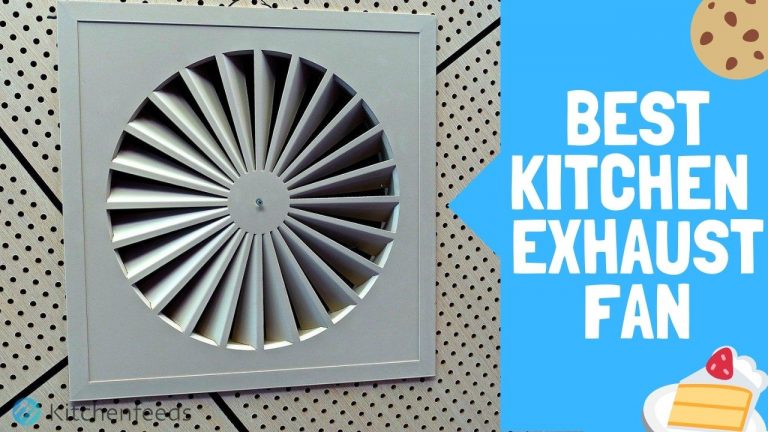
The Importance of a Well-Designed Exhaust Fan System
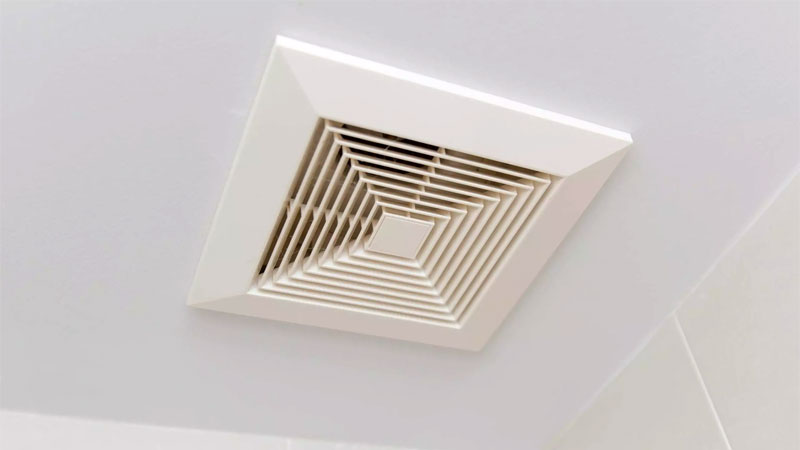 One of the most important aspects of kitchen design is proper ventilation. Not only does it help eliminate unwanted odors and smoke, but it also plays a crucial role in maintaining a healthy and safe environment for cooking and food preparation. One common issue that homeowners may face with their kitchen ventilation is feeling cold air coming from their exhaust fan in the kitchen wall. This can be a cause for concern and should be addressed promptly.
Cold air coming from an exhaust fan in your kitchen wall can be a sign of poor ventilation system design or installation.
This can result in various problems such as decreased efficiency, increased energy costs, and even potential health hazards. A properly designed and installed exhaust fan system should effectively remove excess heat, moisture, and cooking odors from your kitchen, without causing any drafts or cold air coming in.
The key to preventing cold air from coming in through your exhaust fan is proper installation and maintenance.
The exhaust fan should be positioned in a way that it can effectively remove the air without creating a backdraft. This is where the expertise of a professional comes in, as they can ensure the fan is installed at the correct angle and height to prevent any drafts. Additionally, regular maintenance of the exhaust fan, including cleaning and replacing filters, can help maintain its efficiency and prevent any issues from arising.
Another possible reason for cold air coming in through the exhaust fan could be inadequate insulation.
Insulating the exhaust fan properly can help prevent cold air from seeping in and maintain a comfortable temperature in your kitchen.
This can also help reduce your energy costs by preventing warm air from escaping during colder months.
In conclusion, proper ventilation in your kitchen is crucial for a well-designed and functional space.
If you notice cold air coming in through your exhaust fan, it is important to address the issue promptly
to ensure your kitchen remains a comfortable and safe environment for cooking. By consulting a professional and ensuring proper installation and maintenance, you can prevent any potential issues and enjoy a well-ventilated kitchen for years to come.
One of the most important aspects of kitchen design is proper ventilation. Not only does it help eliminate unwanted odors and smoke, but it also plays a crucial role in maintaining a healthy and safe environment for cooking and food preparation. One common issue that homeowners may face with their kitchen ventilation is feeling cold air coming from their exhaust fan in the kitchen wall. This can be a cause for concern and should be addressed promptly.
Cold air coming from an exhaust fan in your kitchen wall can be a sign of poor ventilation system design or installation.
This can result in various problems such as decreased efficiency, increased energy costs, and even potential health hazards. A properly designed and installed exhaust fan system should effectively remove excess heat, moisture, and cooking odors from your kitchen, without causing any drafts or cold air coming in.
The key to preventing cold air from coming in through your exhaust fan is proper installation and maintenance.
The exhaust fan should be positioned in a way that it can effectively remove the air without creating a backdraft. This is where the expertise of a professional comes in, as they can ensure the fan is installed at the correct angle and height to prevent any drafts. Additionally, regular maintenance of the exhaust fan, including cleaning and replacing filters, can help maintain its efficiency and prevent any issues from arising.
Another possible reason for cold air coming in through the exhaust fan could be inadequate insulation.
Insulating the exhaust fan properly can help prevent cold air from seeping in and maintain a comfortable temperature in your kitchen.
This can also help reduce your energy costs by preventing warm air from escaping during colder months.
In conclusion, proper ventilation in your kitchen is crucial for a well-designed and functional space.
If you notice cold air coming in through your exhaust fan, it is important to address the issue promptly
to ensure your kitchen remains a comfortable and safe environment for cooking. By consulting a professional and ensuring proper installation and maintenance, you can prevent any potential issues and enjoy a well-ventilated kitchen for years to come.



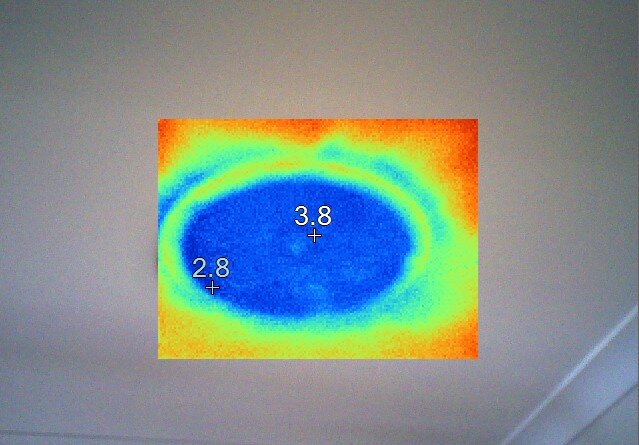
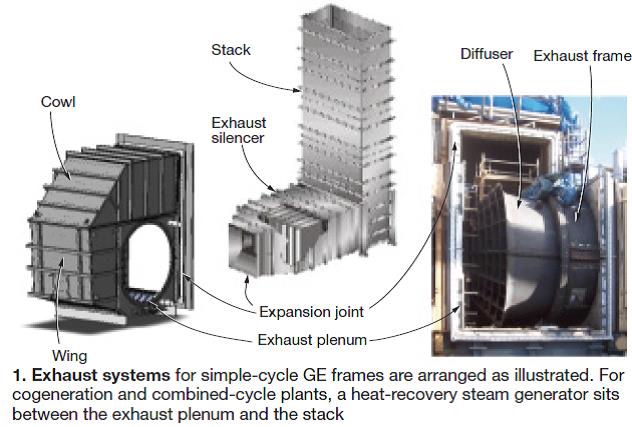









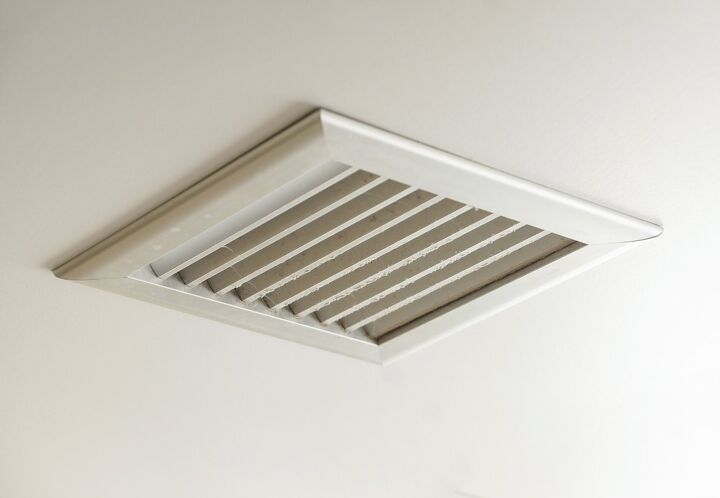

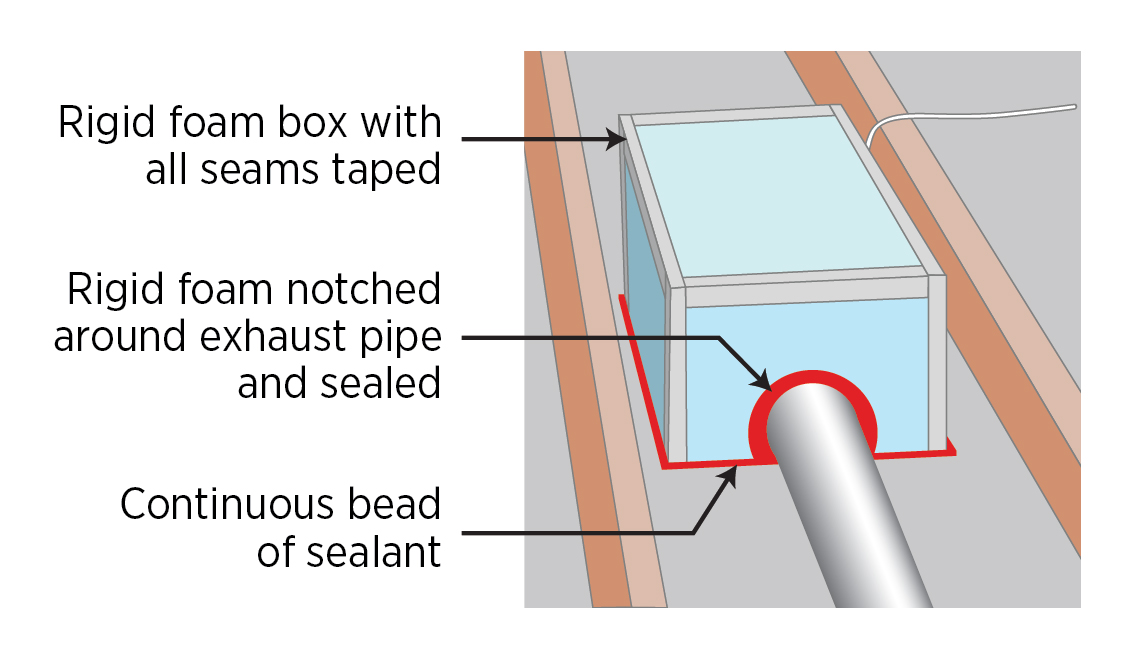
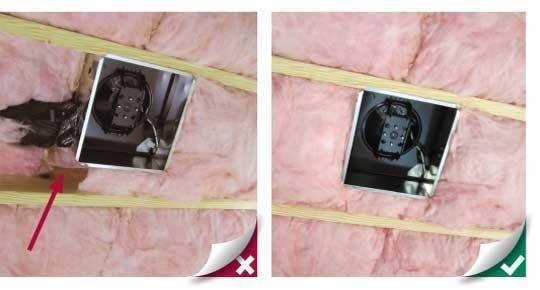
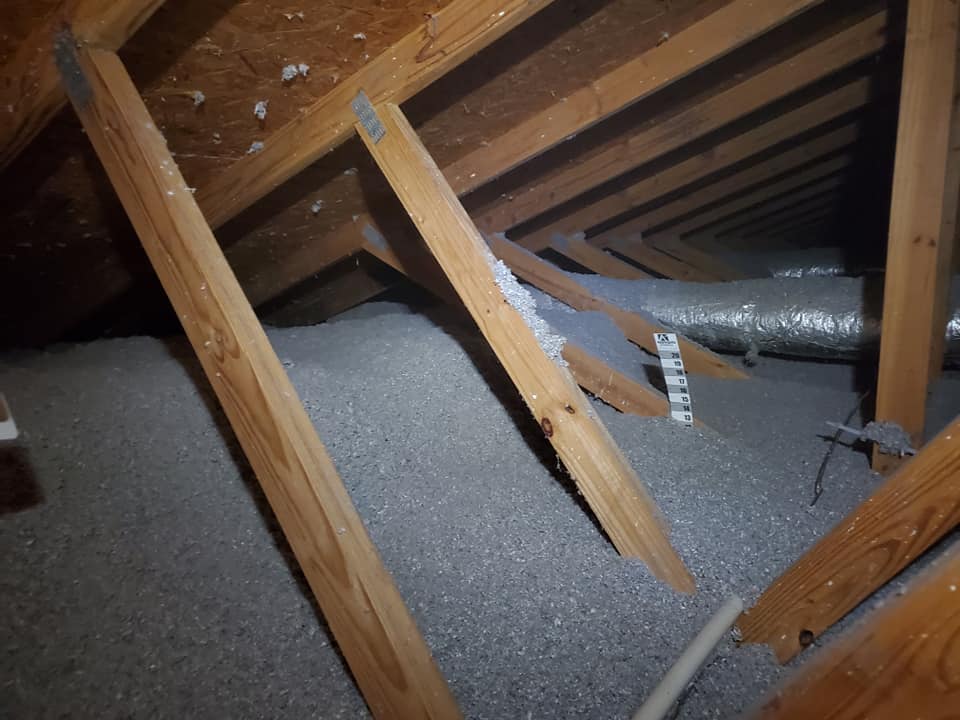










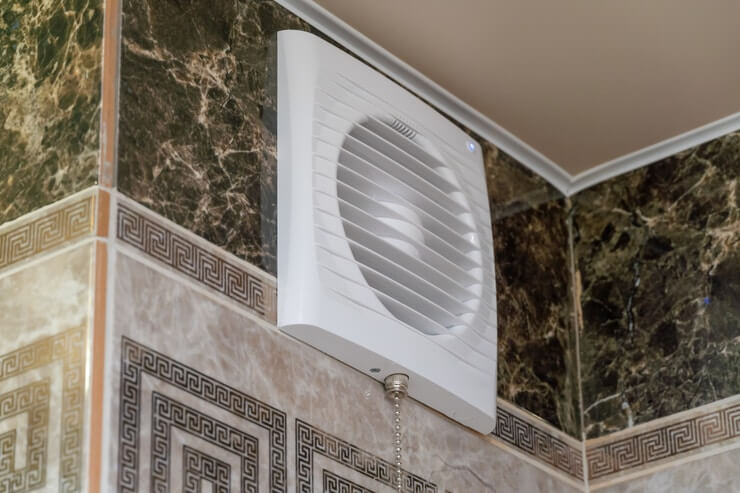

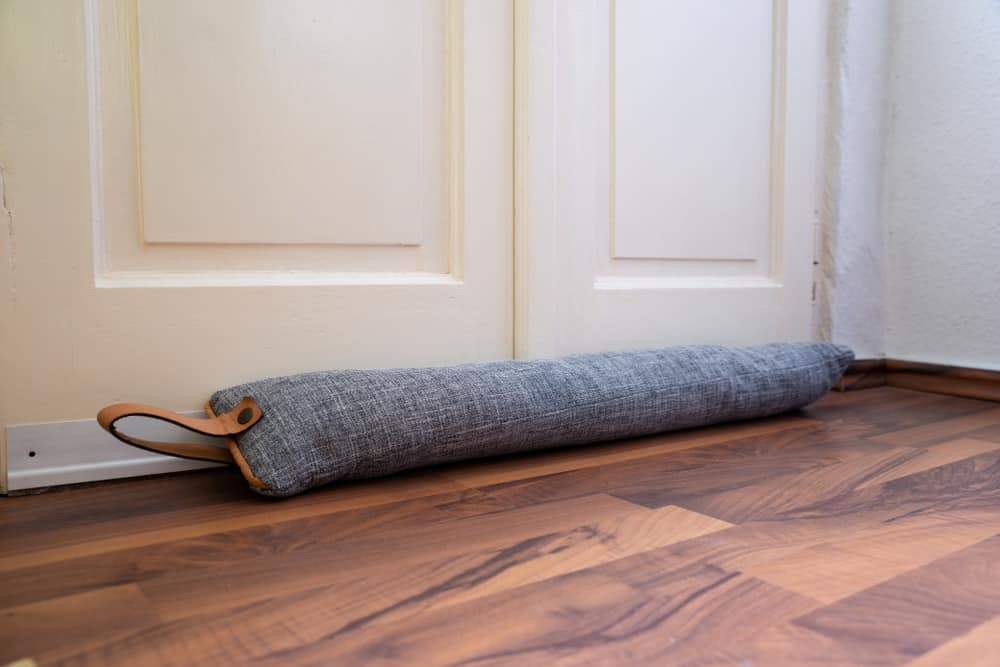



:no_upscale()/cdn.vox-cdn.com/uploads/chorus_asset/file/19497032/bathroom_fan_1.jpg)

